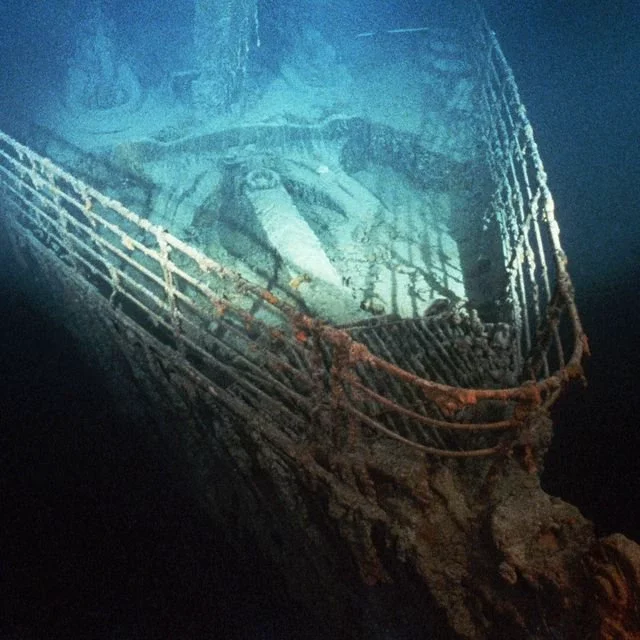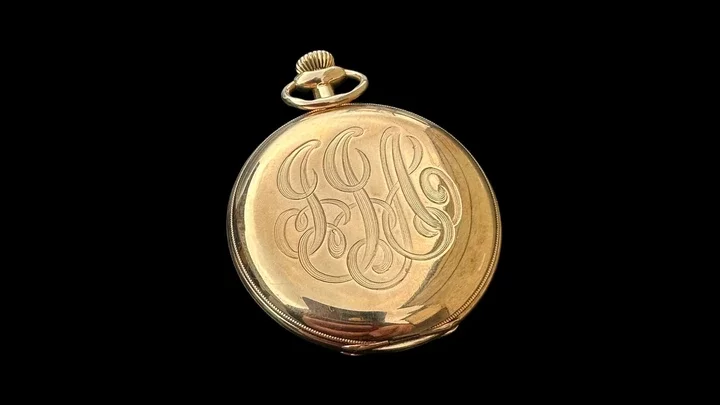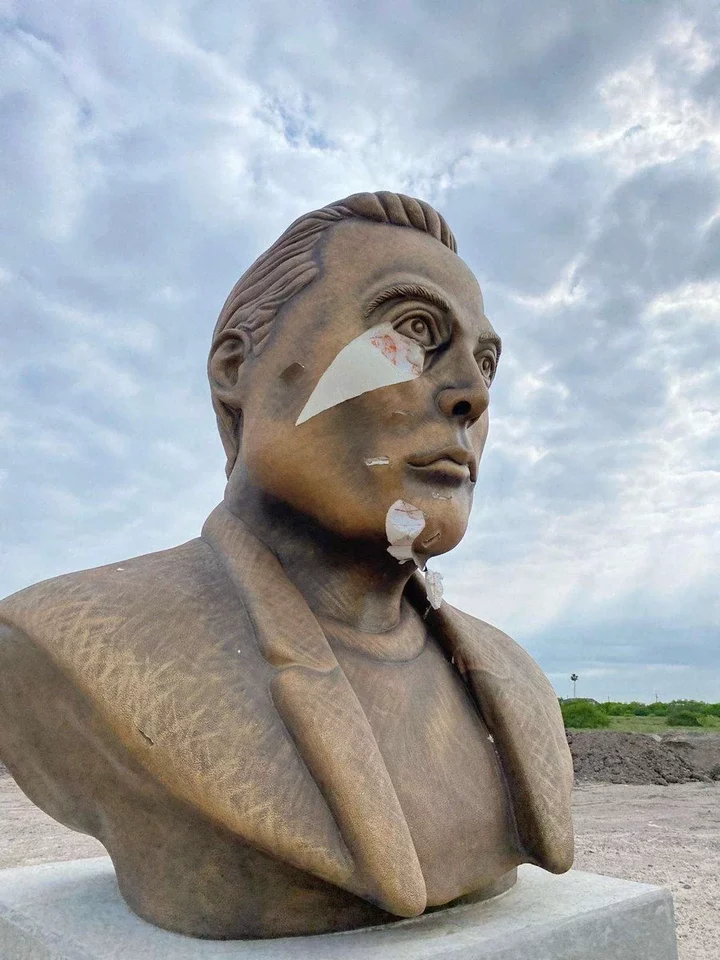
The wreckage of the RMS Titanic has been deteriorating gradually over time, causing concern for researchers.
-
One team has produced a digital replica of the ship using photogrammetry and LiDAR, allowing researchers to study the wreckage while on land.
One observation made of the digital model provided evidence of an act of heroism from the ship's engineers as the vessel sank.
It's the most famous sunken ship in history. The RMS Titanic-lost in 1912, along with the lives of roughly 1,500 of its passengers and crew-was rediscovered in 1985 by a Franco-American expedition team under the leadership of Robert Ballard and Jean-Louis Michel. Finally, researchers and historians had more than eyewitness accounts to look to so that they might understand what had occurred on the night of April 14, 1912.
The analysis of that shipwreck over the decades has yielded invaluable information, much of which confirmed what those who survived the wreckage had relayed. This was vital, because at the time the wreckage was found, fewer than ten Titanic survivors were still alive. The last living survivor, Millvina Dean, passed away in 2009.
But, with the ravages that come from being submerged within the belly of the ocean, time can claim steel and wrought iron just as it can flesh and blood.
"The future of the wreck is going to continue to deteriorate over time, it's a natural process," scientist Lori Johnson told IFLScience back in 2019. "These are natural types of bacteria, so the reason that the deterioration process ends up being quite a bit faster, is a group of bacteria, a community working symbiotically to eat, if you will, the iron and the sulfur." Johnson was interviewed as part of a team working to produce 4K images of the wreckage before it deteriorated further.
The same article notes that the team also "performed photogrammetry imaging on the wreck, which will be used to assess the ship's state and make it possible to visualize the wreck using virtual reality technology." Photogrammetry, a technique for determining 3D measurements from 2D images, was pioneered more than 50 years before the Titanic sank. And today, in combination with modern technology like LiDAR, it's allowing researchers to craft a 3D model of the famous shipwreck to study long after the wreckage itself has deteriorated.
The scan was the largest underwater 3D scan ever made, amounting to 16 terabytes of data, according to a new article from National Geographic. NatGeo, in tandem with Atlantic Productions, have debuted the digital twin of the RMS Titanic in a documentary chronicling the process titled Titanic: The Digital Resurrection.
The undertaking involved two remote-operated aquatic robots named Romeo and Juliet surveying the site and "taking some 715,000 photos and millions of laser measurements." This data was then used to create a full-scale digital replica of the wreckage. "The model is so densely detailed," National Geographic reports, "...a video rendering of it can be projected to life-size in a warehouse, where researchers can walk alongside it and zoom in and out on individual features, like a steam valve from the boiler room, which the scan revealed was left open, possibly to keep an emergency generator running as the ship sank."
One person who found themselves struck by the powerful possibilities of this digitized Titanic was Parks Stephenson, a retired naval officer and Titanic historian. Stephenson had seen the wreckage in person twice, but found it limited from a research standpoint. "You can only see what's immediately in front of you," he told National Geographic, with regards to seeing through a submersible's "roughly six-inch viewport and camera views." He describes it as "...like being in a dark room and you have a flashlight that's not very powerful."
And as Stephenson told the BBC, "...having a comprehensive view of the entirety of the wreck site is key to understanding what happened here."
That's proven particularly true with regards to the study of the digital ship's large boiler rooms. The scans showed, per the BBC, "that some of the boilers are concave, which suggests they were still operating as they were plunged into the water." This offers physical evidence to confirm reports from the time that detail a team of engineers (led by Joseph Bell) staying with the ship to shovel coal in order to ensure more people could safely escape.
"They kept the lights and the power working to the end, to give the crew time to launch the lifeboats safely with some light instead of in absolute darkness," Stephenson summarized to the BBC. "They held the chaos at bay as long as possible, and all of that was kind of symbolized by this open steam valve just sitting there on the stern."
With this digital scan, researchers and maritime historians can now not only dive deeper into the mechanics and dynamics of the wreckage itself, but also the stories of the many unheralded acts of heroism that prevented even further tragedy during the sinking.

















Comments